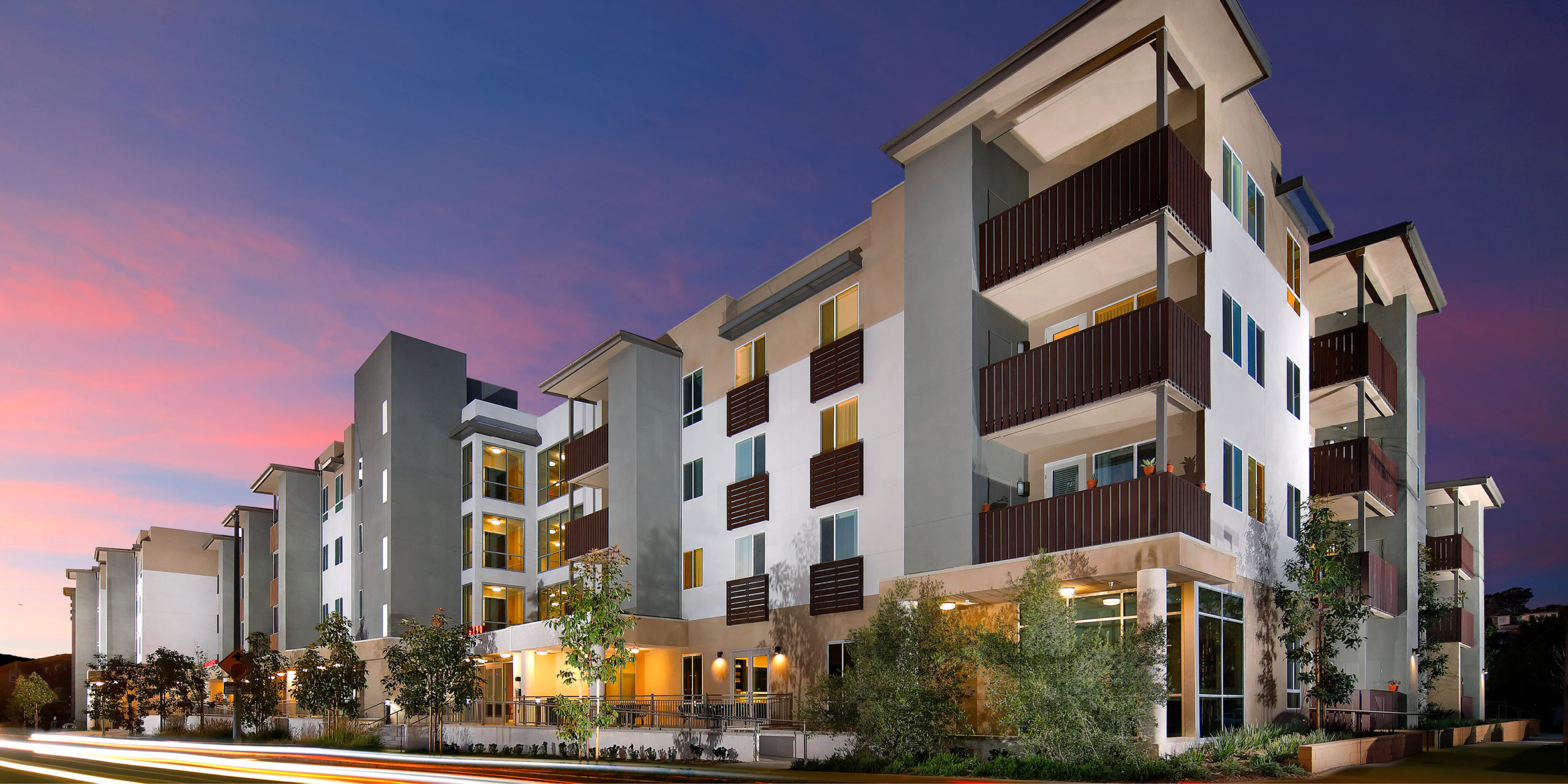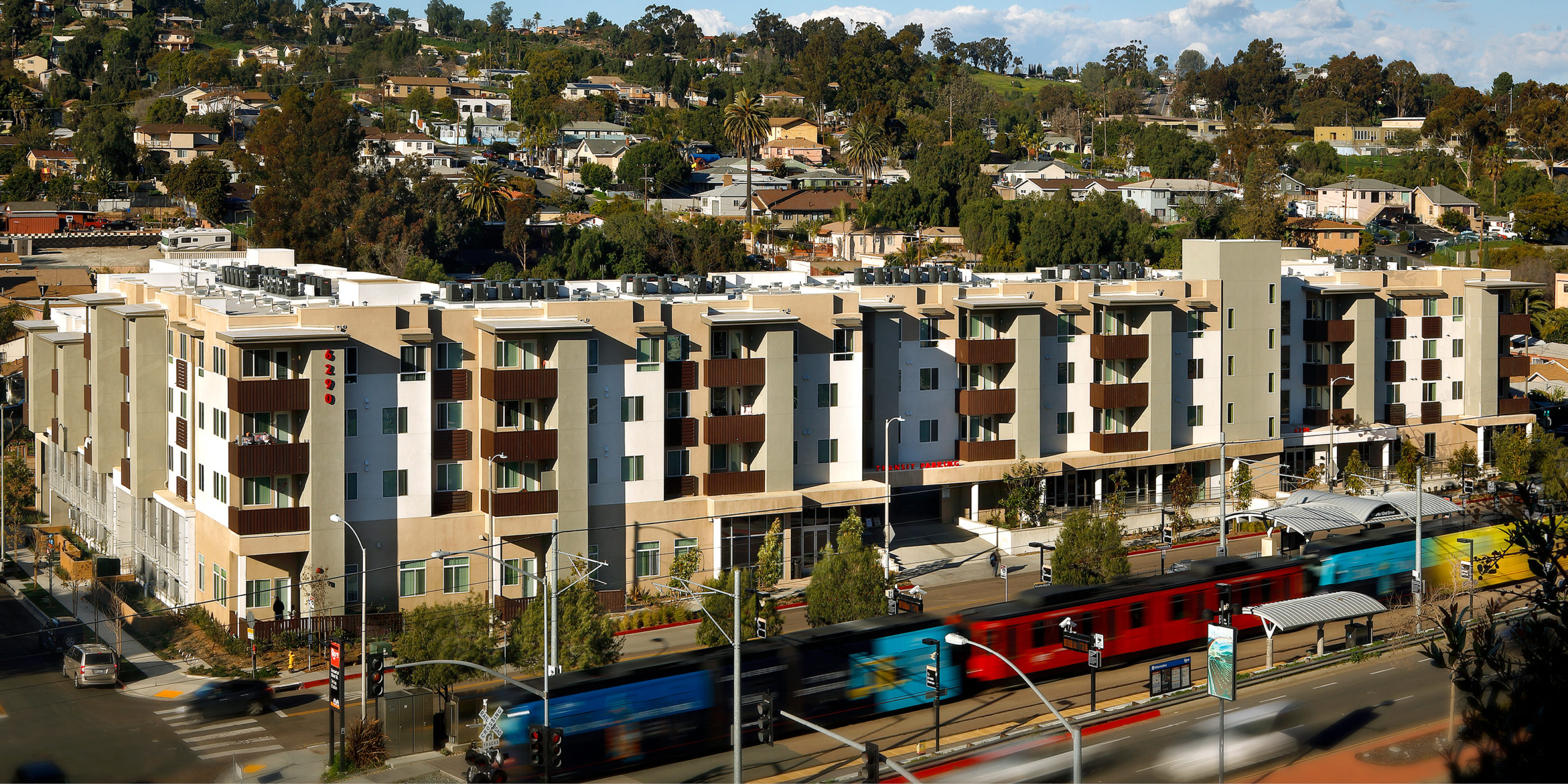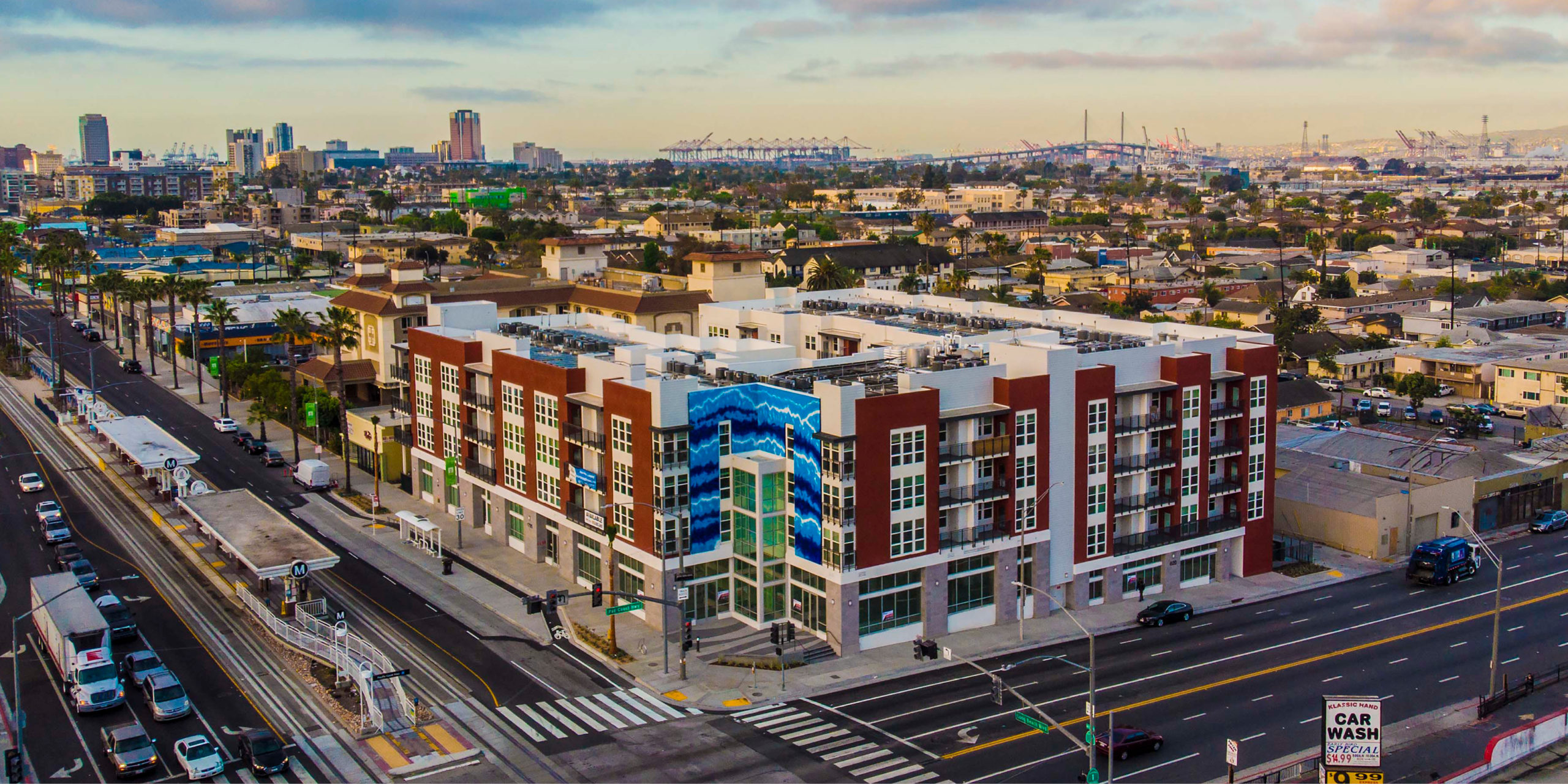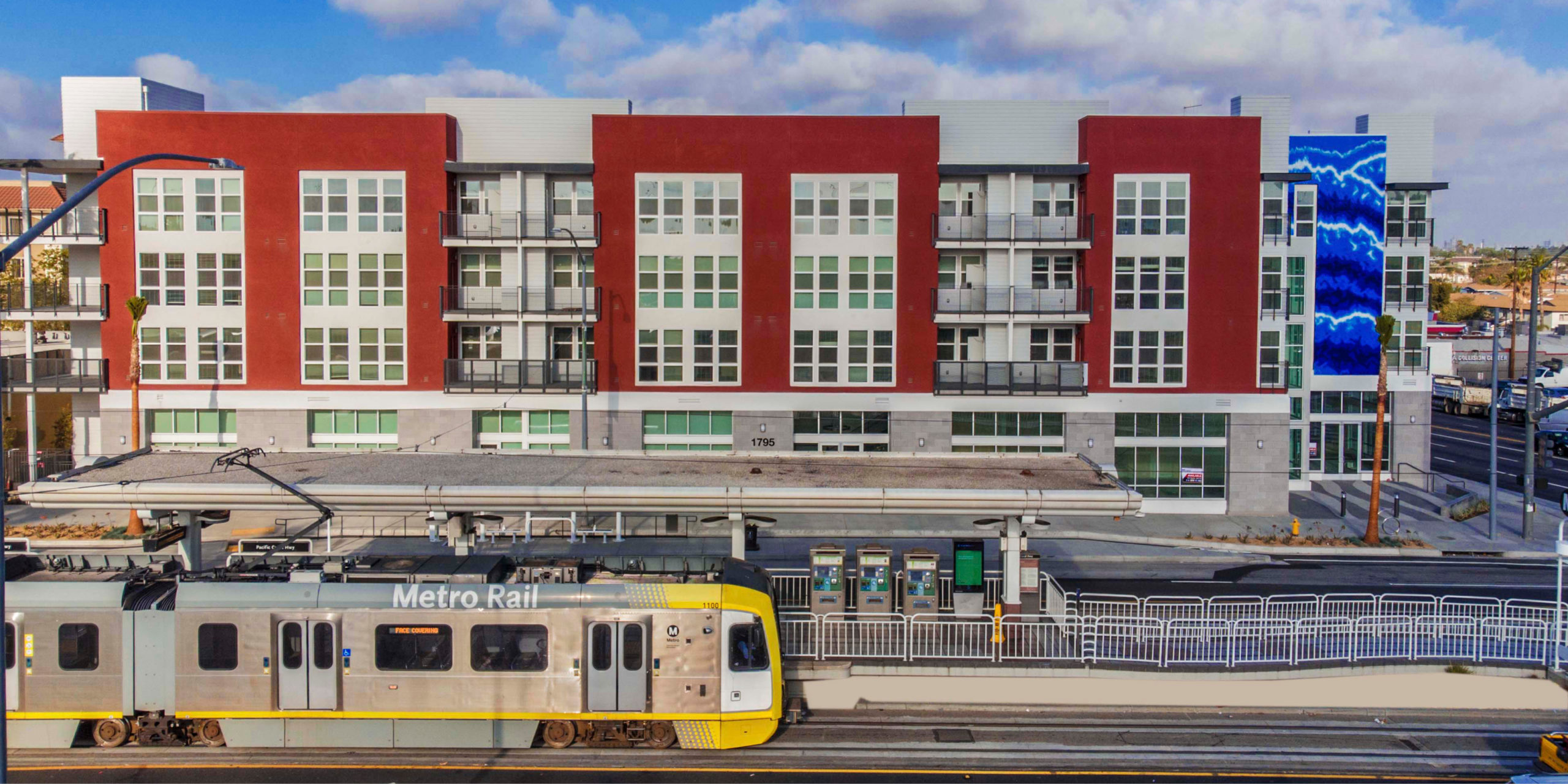We All Could Use a Bonus – The California Density Bonus Law

It’s no surprise that California has the worst housing affordability crisis in its history. I’ve written before about the significant increase in housing production anticipated by the State, exhibited through the current Regional Housing Needs Allocation (RHNA) over the next eight years. Every jurisdiction has allocated numbers, many three or more times their previous allocations; of these, approximately half are to be in affordable categories.
I’m often asked, how will this be possible? One meaningful answer is through the provisions of the State Density Bonus Law (Senate Bill 1818 that originally went into effect in January 2005). The law created a mechanism to obtain more favorable development requirements for projects with affordable or senior units. To meet the affordable housing goals, developers are entitled to a density bonus that corresponds to specified percentages of units set aside for very-low, low, or moderate-income households. It permitted a maximum bonus of 35% for developments in which at least 11% of the total units are for very-low; or 20% low; or 40% moderate-income households. Income levels are tied to the project’s Area Median Income (AMI).

In 2021, Assembly Bill 2345 (AB 2345) amended the Density Bonus Law to expand and enhance development incentives for projects with affordable and senior housing components. It permits an increase in the maximum density bonus of up to 50% if a project sets aside 15% for very-low; 24% low; or 44% moderate-income households.
Importantly, in addition to the density bonuses, projects are entitled to one or more concessions or incentives that can provide substantial economic benefit to the development of projects. These can include a reduction in site development standards or modification of zoning or architectural design requirements that exceed minimum building standards: for example, reduction in setbacks or increase in building height. A project can be entitled for one to three such incentives based on the number of affordable units provided within each tier of affordability. Many of our projects are 100% affordable, so they are entitled to three incentives.

Consequentially, the law provides for reduced parking of one space per studio or 1 bedroom; 2 spaces per 2 or 3 bedroom; and 2.5 spaces per 4 bedroom units, with no guest or covered parking required. AB 2345 further reduces the 2 and 3 bedroom requirement to 1.5 spaces. It should be noted that if a developer requests the State parking rate, the locality must grant this and the reduction in parking can be applied to the entire project, not just the affordable units.
Additionally, a local government is prohibited from applying any development standard that would physically preclude a development with the bonus and incentives entitled. Projects within a half mile of a major transit stop may be granted additional wavers or reductions in development standards, such as a further reduction in parking requirements.

Tackling the affordability crisis, developers can take advantage of significant tools provided by the State. These can be coupled with other tools like SB 330 – the Housing Crisis Act of 2019 and SB 35 -Streamlined Approval Process to implement much needed housing development.




Leave a Reply